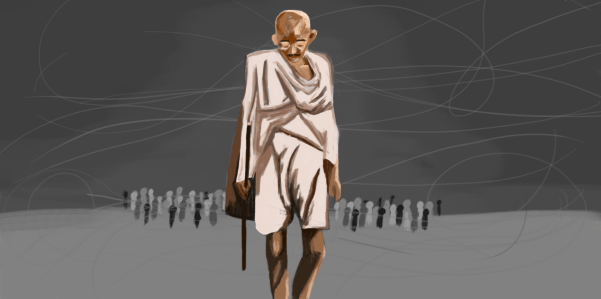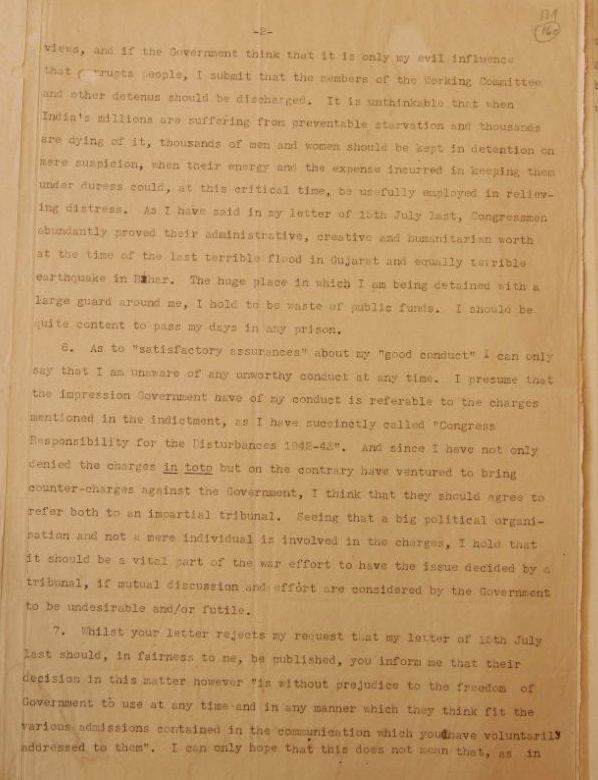On the 12th January 1933, a letter was written from one, who even when in exile behind the barricades of iron bars, sought to teach hope and a non-violent struggle for justice. “When the conviction goes deeper than the intellect, you will brave all dangers and risks and live the true life, and you will at once find that it is its own reward”, he wrote, his words spilling onto the page with the same courage he would exemplify for the rest of his life.
Enough to crush any man’s soul, this was the tenth time he had been forcibly confined to jail walls. Yet, although steadfast in his values, even this determined man could not have envisioned impact his words would have on his fellow countrymen. Just 9 years later he would light the torch leading his nation, India, to independence. That man was Mahatma Gandhi.
Quit India Movement

In 1942, Gandhi led the Indian National Congress and hundreds of thousands of civilians into a demonstration in support of the Quit India Movement. Bold in its mission to pursue independence from the Crown and firmly wedded to its methodology of compassion and peaceful resistance, the Quit India Movement reflected the Gandhi blueprint.
‘Do or die’ proclaimed Gandhi in a plea to his people on the 8th August of that year, yet daylight had scarcely given way to dark before he would be imprisoned again alongside his fellow congressmen. However, having endured such expulsion before, Gandhi was unphased as he penned a letter to the Government condemning their priorities with his characteristic sensitivity to injustice:
‘It is unthinkable that when India’s millions are suffering from preventable starvation and thousands are dying of it, thousands of men and women should be kept in detention on mere suspicion when their energy and the expense incurred in keeping them under duress could at this critical time, be usefully employed in relieving distress…’
‘The huge place in which I am being detained with a large guard around me, I hold to be a waste of public funds. I should be quite content to pass my days in any prison.
Trading brute force for empathy, violence for peaceful resistance (or as he coined it; satyagraha), and the likely reality of continued imperial domination for a daring vision of a better world, Gandhi would lay the foundation for a new state. His perseverance intoxicating, Gandhi had unknowingly galvanised his people, and India would never look back.
‘Father of the Nation’, as he would be known, his example would serve as a beacon of inspiration for the likes of Martin Luther King Jr. as he championed the civil rights movement (1960s), and Nelson Mandela’s journey to ending apartheid in South Africa.
On this anniversary of the Quit India Movement, we remember its pioneer’s humanity and leadership.

